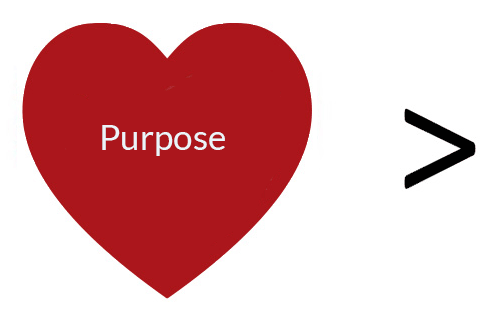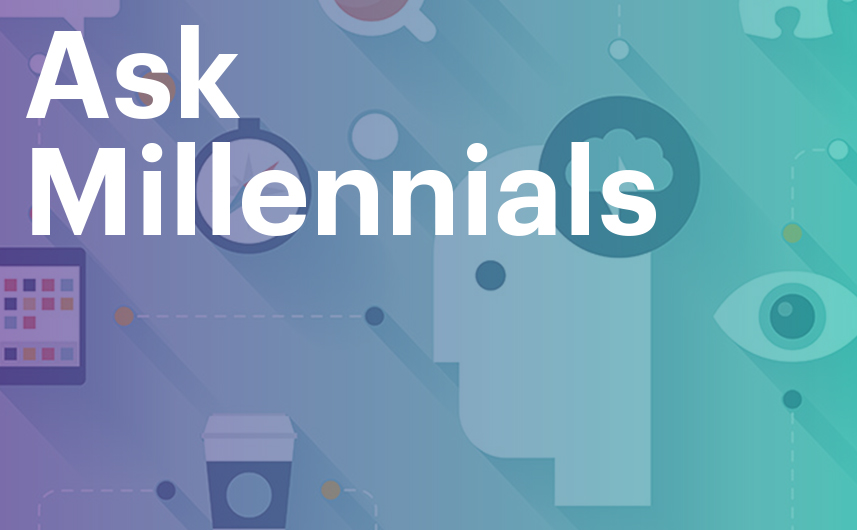Marketing vs. Brand
People are sometimes confused about the difference between marketing vs. brand strategy. This is not surprising, because they are not mutually exclusive ideas. They are interdependent strategic activities that feed, inform, and drive each other. The important distinction to make is in the intent and desired outcome of each area.
Brand
Brand defines how people should ideally feel about your business and products. It strives to find how to optimize belief in what you do offer and what you stand for in the world. It is an abstract idea held in the hearts and minds of people who have a connection to your business, either as customers, partners, suppliers, or employees. One way to think about brand is as a “promise delivered”. As such, brand strategy is about defining that promise and explaining how it can come to life.
Marketing
Marketing is about identifying, anticipating, and satisfying customer requirements profitably. It defines the market to be served and the best routes to that market. It informs product development. It defines the price of the product and how and where it is to be promoted. As such, marketing strategy is an assembly of tactics that are very rational and tangible in nature, and highly measurable.
There is overlap between the two disciplines, because the best brand strategies are informed by strong marketing strategies, and the best marketing strategies are driven by strong brand strategies.
Another distinct difference between brand and marketing is their relative scope. Marketing is a highly focused activity that is principally outer-directed. Brand is a broad concept that conceivably touches everyone connected to the brand, both internally and externally. Indeed, the brand’s promise is realized when product development, manufacturing, finance, customer service, HR, and marketing are all being inspired and driven by the brand promise.
The best leaders appreciate both the differences and the synergies of brand and marketing. They recognize the outcome of their brand strategy as a promise the organization will strive to keep, that will help create a brand that is respected, admired, and valued. They see the outcome of their marketing strategy as a set of tools that will actively turn that promise into profits through interest, appeal, and differentiation.
When dealing with brand and marketing strategies, remember it’s not a case marketing vs. brand strategy, and its not “either/or”, but of “both/and”. One cannot work without the other. Each needs to be developed in a focused way, while being fully aware of, and respectful to, each other.
For additional information on our services, including both marketing and brand strategy, take a look at our solutions page.
Emotive Brand is a San Francisco branding agency


































